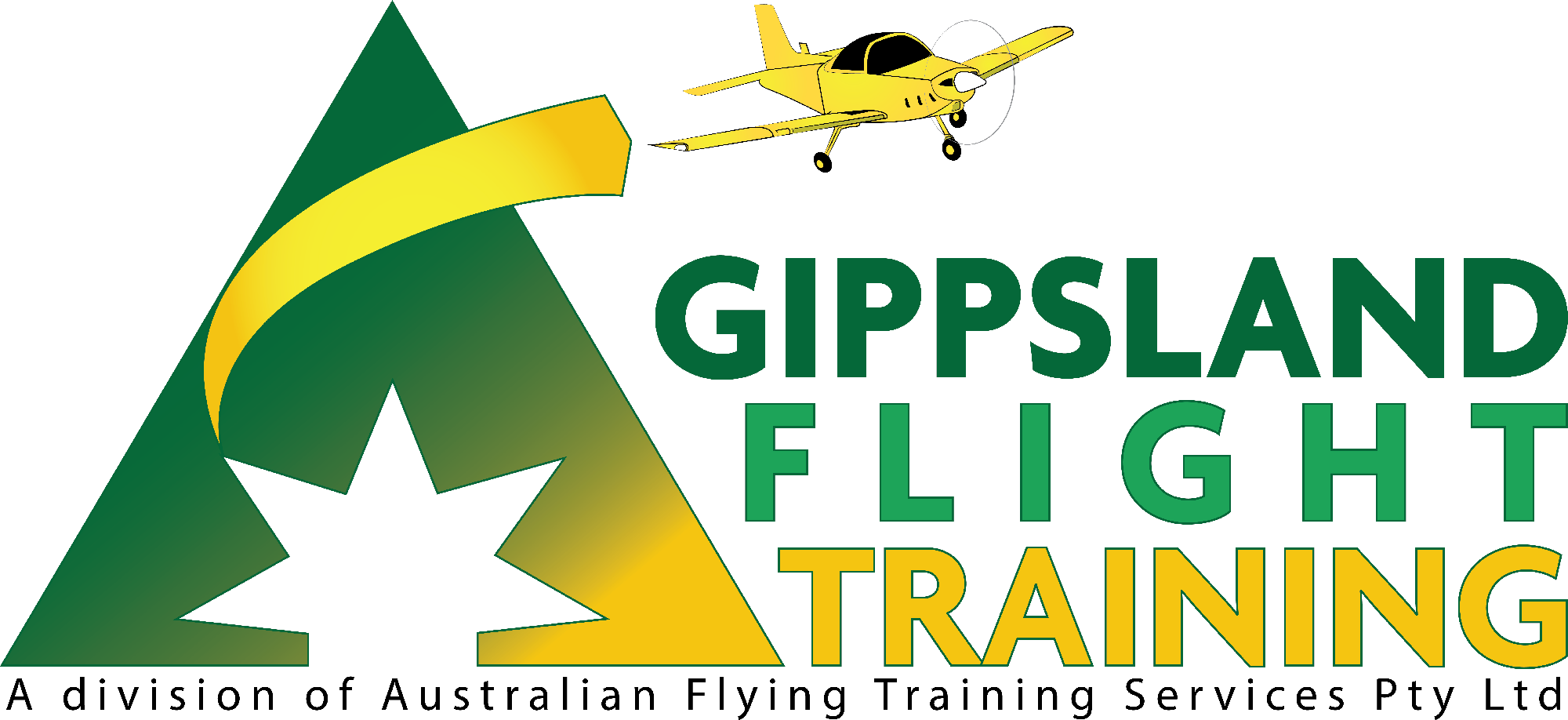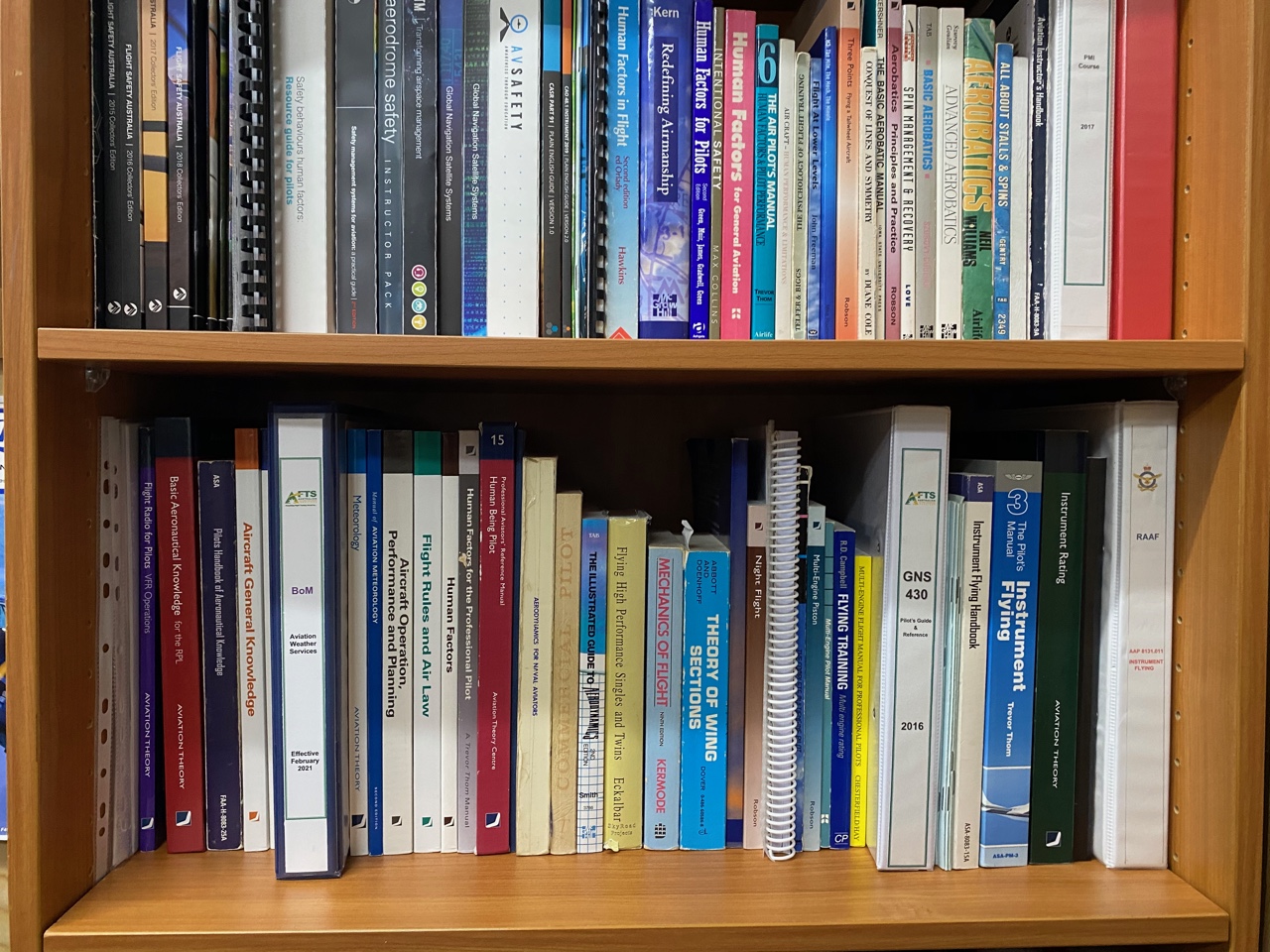How CASR Part 61 – Flight Crew Licensing (‘FCL’) works
Civil Aviation Safety Regulations (‘CASR’) Part 61 – Flight Crew Licensing (‘FCL’) is a hierarchical licensing system mostly mirroring the United States’ Federal Aviation Administration’s regulatory system.
For General Aviation, Fixed Wing, Land Aeroplanes the CASR Part 61 FCL looks like the following in descending order.
AIRCRAFT LICENCE, i.e.,
- Recreational Pilot Licence (‘RPL’),
- Private Pilot Licence (‘PPL’),
- Commercial Pilot Licence (‘CPL’), and/or
- Air Transport Pilot Licence (‘ATPL’)
AIRCRAFT CATEGORY, i.e.,
- Aeroplane (‘A’).
AIRCRAFT CLASS RATING, i.e.,
- Single Engine Aeroplane (‘SEA’), and/or
- Multi-Engine Aeroplane (‘MEA’).
DESIGN FEATURE ENDORSEMENTS, e.g.,
- Manual Propeller Pitch Control (‘MPPC’),
- Retractable Undercarriage (‘RU’),
- Tail Wheel Undercarriage (‘TWU’),
- Multi-Engine Centreline Thrust (‘MEAC’),
- Gas Turbine Engine (‘GTE’), and/or
- Pressurisation System (‘PXS’).
OPERATIONAL RATINGS AND ENDORSEMENTS, e.g.,
- Instrument Rating (‘IR’),
- Night VFR Rating (‘NVFR’),
- Private IFR Rating (‘PIFR’),
- Low level Rating (‘LL’),
- Flight Instructor Rating (‘FIR’), and/or
- Flight Examiner Rating (‘FER’).
FLIGHT ACTIVITY ENDORSEMENTS, e.g.,
- Spinning (‘SPIN’),
- Aerobatics (3000’) (‘AERO’),
- Aerobatics (1500’) (A150’),
- Aerobatics (1000’) (A010’),
- Aerobatics (500’) (A005’),
- Aerobatics (unlimited) (AERO UNL’), and/or
- Formation Flying Aeroplanes (‘FF A’).
Note that there are various ‘endorsements’ which can be added onto Operational Ratings, e.g., Training Endorsements (‘TE’) for the Flight Instructor Rating, such as the Grade 3 Aeroplane (‘G3A’) TE.
Student Pilot
Under CASR Part 61 Flight Crew Licensing regulations there is no longer a ‘Student Pilot Licence’ per se. So when you are flying on authorised Solo Training flights, i.e., as ‘Pilot-In-Command,’ before you pass the Flight Test and get issued a CASA RPL(A), you are effectively an Aircraft Captain with no licence whatsoever! (The important thing, however, is that you conduct the flight exactly as per your Flight Authorisation, including the specific limitations placed upon you by the Authorising Flight Instructor).
Whilst there is no mandated minimum age nor level of education, practically you will need to be at least 15 years of age; have passed Year 10 of secondary education; be fit and healthy and without any disabilities; and be able to speak and understand English to a specified standard.
Once you attain your first pilots licence, i.e., the RPL(A), you cease to be a Student Pilot and will be referred to as a ‘Trainee’ by us during any further training.
Recreational Pilots Licence (‘RPL’)
The RPL is the basic CASA-issued Aeroplane Licence. It allows you to fly single engine aeroplanes (‘SEA’) within 25 nautical miles of the departure aerodrome during daylight hours in Visual Meteorological Conditions (‘VMC’) (i.e., reasonably good weather) with one passenger, but not fly cross-country and land at another airport/aerodrome/airstrip.
You will need to have attained the age of 16 before you can be tested for the RPL(A) and be able to speak and understand English to a specified standard.
You can add the following endorsements to your RPL(A) after further training and assessment:
- Controlled Aerodrome Endorsement (‘RPCT’),
- Controlled Airspace Endorsement (‘RPCA’),
- Flight Radio Endorsement (‘RPFR’), and/or
- Recreational Navigation Endorsement (‘RPNA’).
Alternatively, and certainly our preference for a number of very practical reasons, is for you to simply continue on with your PPL(A) Theory and Flight training and avail yourself of a ‘full’ PPL(A) as soon as possible.
Note that, due to our training being conducted from West Sale, i.e., periodically in RAAF Base East Sale’s Controlled airspace, you will automatically qualify for the first three of the RPL(A) licence endorsements, leaving only the Recreational Navigation Endorsement as an add-on.
Private Pilots Licence (‘PPL’)
The PPL allows you to fly aeroplanes (that you are licenced and approved to fly) almost anywhere in Australia and its adjacent islands during daylight hours in Visual Meteorological Conditions (‘VMC’) (i.e., suitable weather) with up to five passengers, but not gain financially in any way for doing so. This means all costs must be equally shared amongst all including yourself.
You are not permitted to land at Military Aerodromes unless it is designated as a ‘Joint User Aerodrome,’ e.g., Wagga Wagga, Canberra, Williamtown, Townsville. You will normally not be permitted to land at Capital City airports either. Otherwise you can fly just about anywhere, subject to the usual weather, terrain and controlled airspace considerations.
You will need to have attained the age of 17 before you can be tested for the PPL(A) and be able to speak and understand English to a specified standard.
Commercial Pilots Licence (‘CPL’)
The CPL allows you to fly aeroplanes (that you are licenced and approved to fly) in Private as well as Commercial operations, subject to the privileges and specific limitations of your Licence and the operating approval/s of the organisation you are working for.
You will need to have attained the age of 18 before you can be tested for the CPL(A) and be able to speak and understand English to a specified standard.
The minimum hours to be tested for the issue of a CPL(A) is 200 total, including at least 100 hours of Pilot-In-Command (‘PIC’), unless you complete training at a CASR Part 142 school that offers an ‘Integrated CPL’ of 165 hours. The primary disadvantage of the ‘Integrated CPL’ is that you are likely to be excluded from a commercial job by insurance provisions until you attain a minimum of 250 hours in total and 100 hours as PIC, so it has no real benefits over a non-integrated (200 hour total) CPL.
The two normal career pathways beyond the issue of the CPL(A) is either Day VFR Charter (e.g., scenic flights) or Flight Instruction. Whilst the two pathways are interchangeable, most ‘newly-minted’ Commercial Aeroplane Pilots tend to take one path or the other and eventually progress from there into airline operations, specialty operation such as RFDS or Coastwatch, or a myriad choices of senior pilot and/or managerial roles.
Air Transport Pilots Licence (‘ATPL’)
The ATPL allows you to fly multi-crew aeroplane types (that you are licenced and endorsed to fly) in airline operations, subject to various recurrency requirements.
You will need to have attained the age of 21 before you can be tested for the ATPL(A) and be able to speak and understand English to a specified standard. The minimum total hours is 1500 and you must hold an IR(MEA) or IR for the specific aeroplane type as well as a Multi-Crew Cooperation (‘MCC’) course certificate before attempting the ATPL(A) Flight Test.

